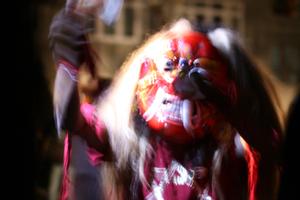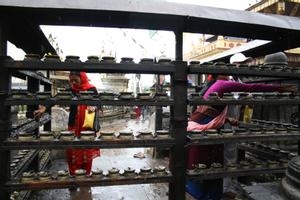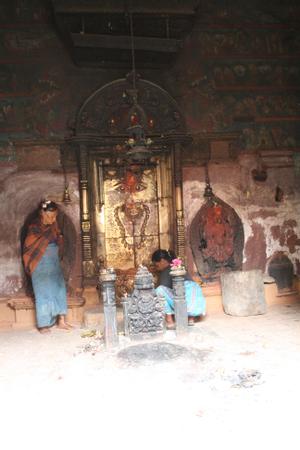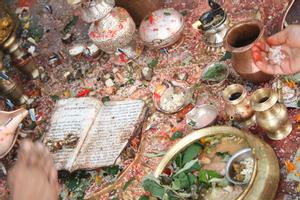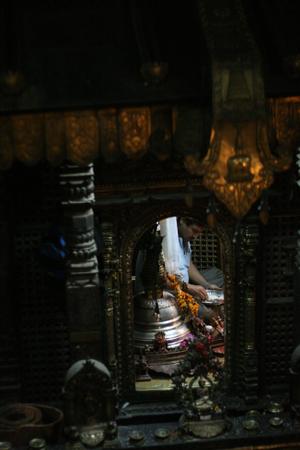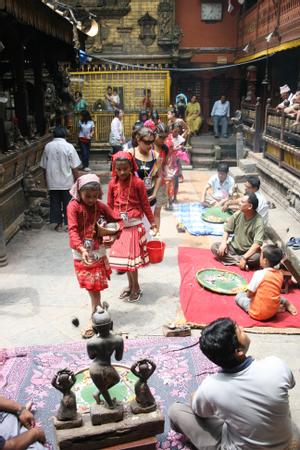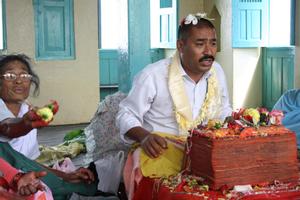Gunlā
The period which begins two weeks before the full moon of the month of Sāun (Śrāvan) and lasts until the following new moon (Gokarṇa Aũsi) is known as the sacred and auspicious Buddhist month of Gunlā.
Newar Buddhācārya, priests of Nepal's most important Buddhist shrine, the Svayambhū-Stūpa in Kathmandu, cite the emergence of new life as giving the month its name. Gunlā or Gūṃlā is derived from gūṃ from Sanskrit guṇa 'virtue', 'merit' and lā (Newari) 'month'. The Buddhist castes of Śākya and Vajrācārya, householders and monks by descent, and, in the case of the Vajrācārya, initiated tantric priests, follow a tradition thought of as a continuation of the vassāvāsa of the Pali canon, a period of intense meditation and retreat.
Newar Buddhism integrates the three ritual and historical hierarchical religious paths and is characterized by a distinct ritual practice. At the level of the Buddhist community festivals are celebrated at the beginning and at the end of Gunlā around the Svayambhū-Stūpa, but also ritual processions through urban space, especially Matayā or Pañcadān, are organized.
Described in writings such as the Svayambhū-Purāṇa, these processions follow the sacred paths that traverse the formerly lake-covered Kathmandu Valley in the shape of a Maṇḍala. Individual devotees have various opportunities for accumulating religious merit, such as undertaking a daily pilgrimage to the Svayambhū-Stūpa, or making a vow (vrata) etc. With the end of Gunlā, the fruit of one's efforts is the basis for a new beginning.
Dania Huber
